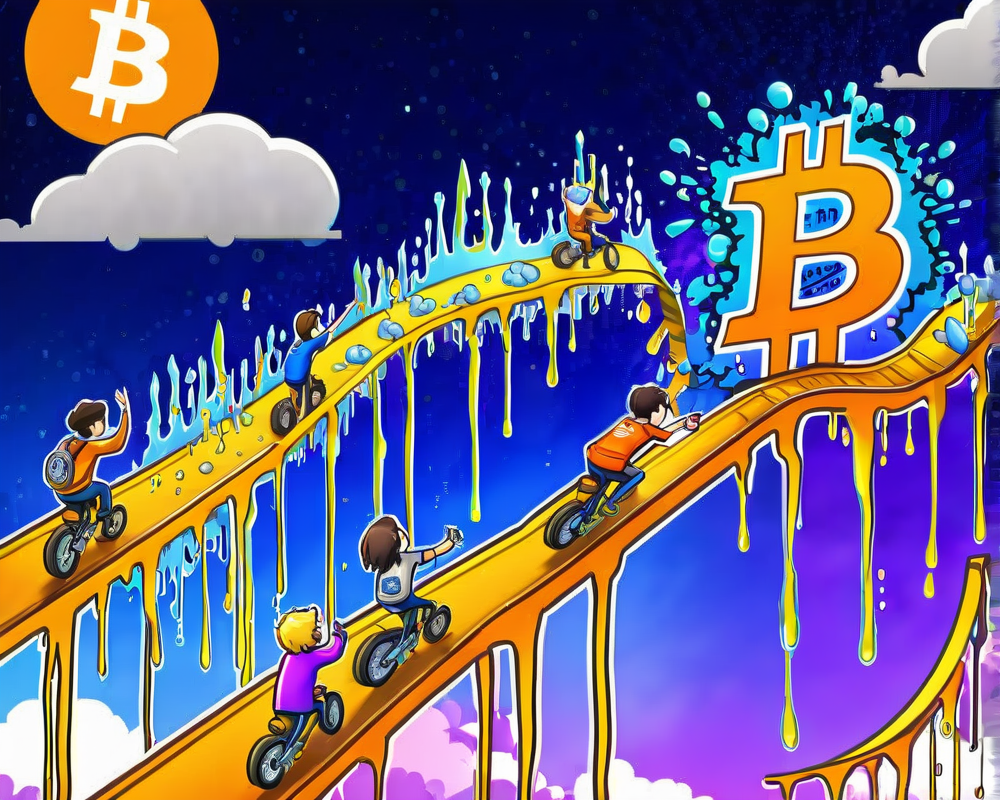The Surprising Surge of Stablecoins
Stablecoins are making waves in the financial pool, and if you squint hard enough, you can almost see their supply rising like a loaf of bread in the oven. As of September 3rd, experts have noted a jaw-dropping growth in the stablecoin market, with supply escalating by about $100 million per day since July. Thanks to the decentralized finance (DeFi) boom, it seems everyone is scrambling to park their cash where yields skyrocket and interest takes flight.
DeFi: The Vacuum Cleaner of Liquidity
With liquidity pools popping up like daisies in spring, DeFi protocols are actively attracting investors looking for better returns. Nic Carter, co-founder of Coin Metrics, highlighted in a tweet just how much excitement DeFi has generated—so much so that the increasing stablecoin supply barely made headlines! These protocols are like an irresistible vacuum, sucking in stablecoins as if they were the last few pieces of popcorn at the movies.
The Dominance of Tether
Tether (USDT) is like that kid in class who hogs the spotlight—the stablecoin juggernaut still commands an 80% market dominance. Recent stats from CoinMarketCap show USDT’s market cap ballooning from $9.2 billion to over $13.7 billion since mid-July. With trading volume shooting up by an astonishing 150%, it’s clear that Tether isn’t just a stablecoin; it’s a force to be reckoned with!
Stablecoins in the DeFi Ecosystem
DAI and USDC are the popular kids in this school of DeFi, often taking the lead in both lending and borrowing on platforms like Compound and Aave. These stablecoins not only facilitate trades but also serve as collateral for loans, helping users navigate the wild waters of decentralized finance—a high-stakes chess game where everyone’s trying to secure their pawns (or tokens).
- DAI: A decentralized stablecoin that stays at $1.
- USDC: A regulated coin, often preferred for compliance.
Regulatory Ripple Effects
With great power comes great responsibility, and as the stablecoin market expands, regulators are watching closely. Andrew Bailey, the governor of the Bank of England, acknowledged the potential usefulness of stablecoins for easing transactions but emphasized the importance of implementing rigorous standards. Global coordination appears to be the name of the game, as these digital currencies can jump across borders faster than you can say “cryptocurrency.” He declared, “A global stablecoin is a cross-border phenomenon”—a sentiment that’s hard to argue with.



